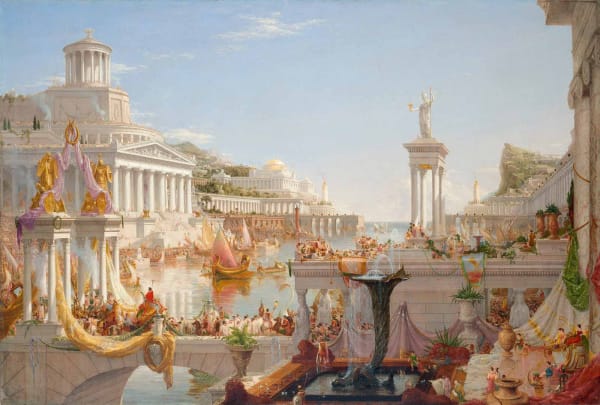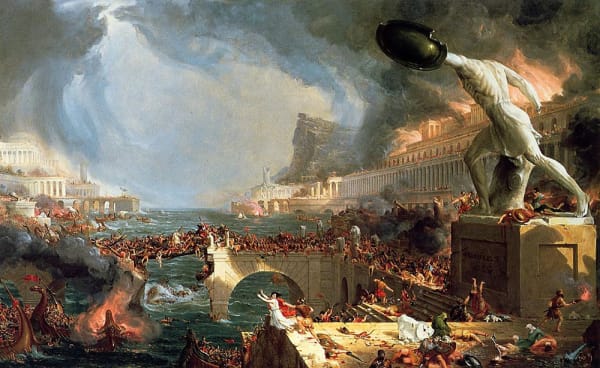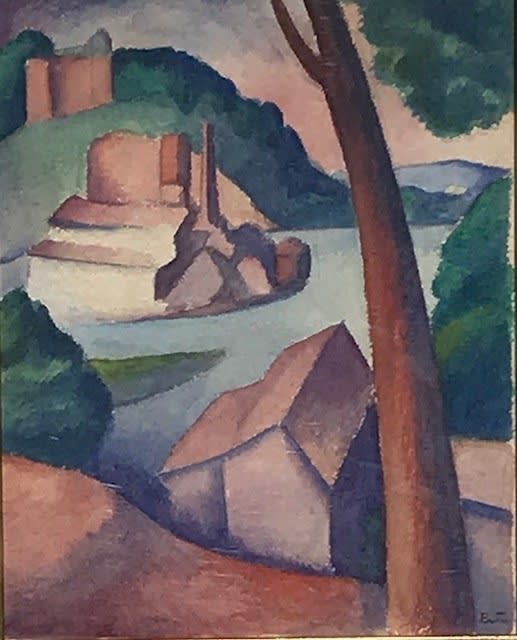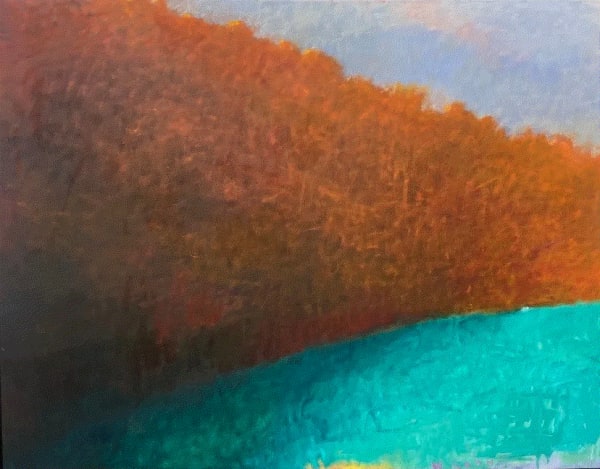The New York Historical Society is currently hosting an exhibit that explores the impact of social and cultural change on the environment through art.
Many of the works displayed have been made by artists of the Hudson River School. Their realistic, romantic paintings of the Hudson River Valley, and the surrounding area, are a record of the idyllic landscapes of the area during the mid-19th century. Hugh Bolton Jones and his contemporaries painted precise, accurate studies, like Spring Landscape, available at Surovek Gallery, that depict, with precise accuracy, the beautiful topography of the Northeast. Much of that countryside is still scenic and untouched, but not all.
Thomas Cole, who founded the Hudson River School, was born in England, where he witnessed the urbanizing effects of the Industrial Revolution in Britain. His family immigrated to the U.S. when he was seventeen. He later married and settled in the Catskills, where he became one of America’s foremost landscape painters, embracing the environment in which he lived.
Between 1933 and 1936, Cole began a series of five paintings, title The Course of Empire, that depicts the impact of human consumption on the natural environment. The paintings begin with scenes of an untouched, natural area, then a city built on the site and, finally, the destruction of the area.
Cole's works are a cautionary tale. What the Hudson River painters have given us is a way to see things as they were and compare them with how they are now. Of course, things have changed since the mid-19th century, including the way in which more contemporary artists view and interpret the landscape.
Thomas Hart Benton’s view of Upper Manhattan, create around 1917, is not a painting that the average viewer would associate with Manhattan today. Benton was known for being a Regionalist painter, who depicted comforting scenes of rural America in response to the Great Depression. As homespun as many of his works are, the Missouri-born artist was quite worldly. He studied in Paris and lived in New York City for more than twenty years. Benton moved back to the Midwest in 1935 and continued to summer on Martha’s Vineyard for more than fifty summers.
As the influence of European painters began to take hold in America, the works of many American landscape artists became bolder and more impressionistic. By the time Anthony Thieme moved to Maine, his style had become stronger in color and richer in texture than that of the Hudson River painters.
Viewing the works of Wolf Kahn, one of America’s greatest contemporary landscape artists, it’s apparent that Kahn was inspired by the colors in the Vermont landscape and the feelings they evoked. One of the most interesting things about Kahn was where he painted. He began each work in the natural settings of Vermont, but found serenity in the city. "The environment in which my paintings grow best is at Broadway and 12th Street." he said. "I can see nature most clearly in my studio, undistracted by trees and skies. Art being emotion recollected in tranquility, I constantly find Nature too emotional, and Broadway very tranquil.”
Nature, Crisis, Consequence is currently on exhibit at the New York Historical Society and will run through July 16, 2023.










